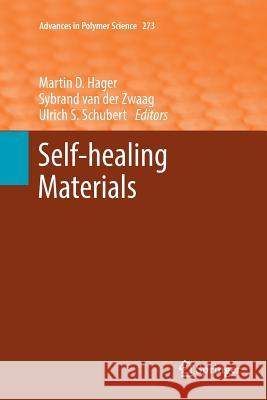Self-Healing Materials » książka
topmenu
Self-Healing Materials
ISBN-13: 9783319813660 / Angielski / Miękka / 2018 / 413 str.
Kategorie BISAC:
Wydawca:
Springer
Seria wydawnicza:
Język:
Angielski
ISBN-13:
9783319813660
Rok wydania:
2018
Wydanie:
Softcover Repri
Ilość stron:
413
Waga:
0.59 kg
Wymiary:
23.39 x 15.6 x 2.18
Oprawa:
Miękka
Wolumenów:
01
Dodatkowe informacje:
Wydanie ilustrowane











